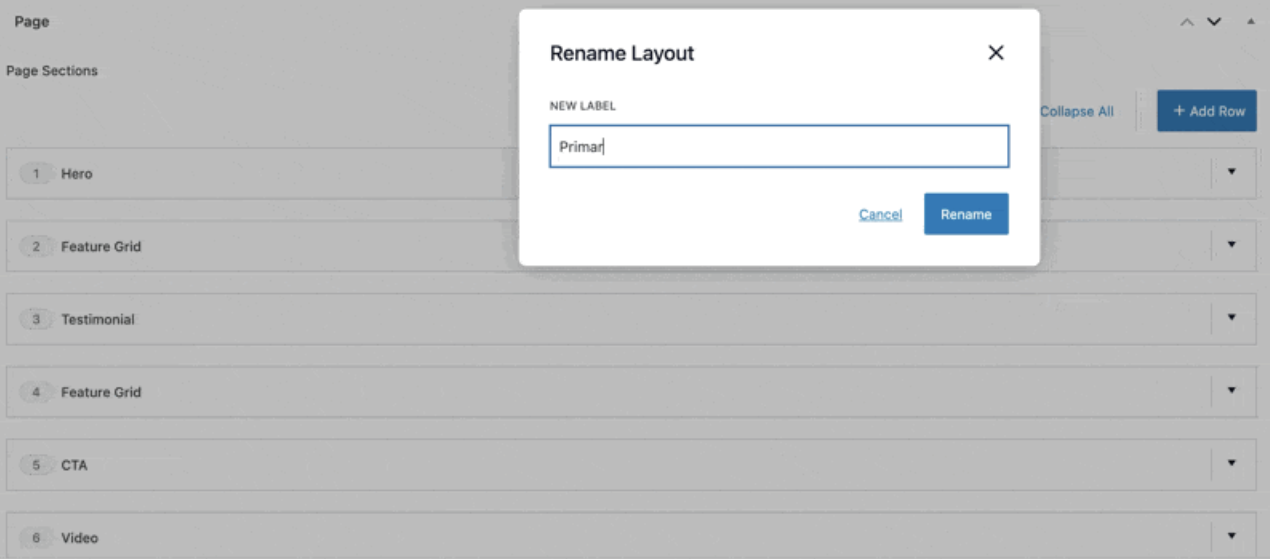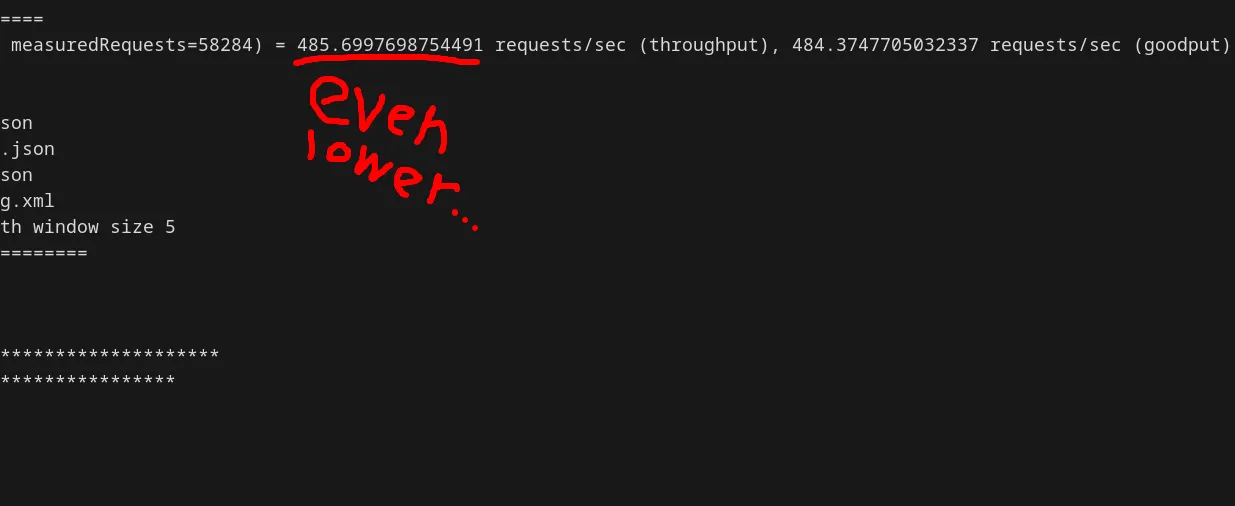
In this issue of Delicious Brain Bytes, we look into WordPress 6.9, round up the latest industry surveys, figure out how to make Postgres much slower, and much more!
WordPress 6.9 Set for December 2nd
WordPress is set for a second major release in 2025. After an increase in contributor capacity, project leadership has moved forward with a full release. As detailed by Anne McCarthy in a recent roadmap post, WordPress 6.9 is scheduled to be released on December 2nd, 2025. This release turns its attention to evolving the Site Editor, enabling new collaborative workflows, and enhancing the platform’s foundation for developers and AI.
Of note, there will not be a new default theme in this release.
WordPress 6.9 will introduce a simplified site editing mode that separates content editing from advanced design tools, offering a less overwhelming experience for users who only need to update text or imagery. Template management is also being overhauled to allow for multiple templates per slug, with the ability to draft new templates and preserve them when switching themes. Additionally, the new release will introduce block-level commenting, enabling asynchronous collaboration workflows directly within the editor.
This release brings significant updates for developers, laying the groundwork for a more robust and extensible platform. The new Abilities API will provide a unified registry of callable functions, making core WordPress functionality accessible to AI systems. Meanwhile, updates to the Interactivity API will enable a new client-side navigation algorithm that supports full-page transitions, and enhancements to the Block Bindings API will extend its support for more core blocks and data sources.
A key focus of WordPress 6.9 is on performance. Planned improvements include faster page transitions, smarter resource handling, and stylesheet enhancements. Looking beyond the official release, several major projects are scheduled to launch as canonical plugins alongside 6.9, including a new WordPress Admin experience, the Model Context Protocol (MCP) Adapter to standardize how applications provide context to large language models, and a PHP AI Client SDK to simplify AI integration for developers.
ACF PRO 6.5 Improves Flexible Content
Advanced Custom Fields (ACF) PRO 6.5 is now available, bringing a host of user experience improvements to its Flexible Content field. The update is specifically designed to give content editors more clarity and control when managing complex pages.
Key improvements for the Flexible Content field include the ability to rename layouts in the editor to provide custom labels (e.g., “Pricing CTA”), disable layouts without deleting them to allow for a non-destructive way to stage or archive content, highlight the active layout to give editors a clear sense of their position on a page, and collapse and expand layouts in bulk, which makes navigating long pages much faster.
The release also removes dynamic class properties across the codebase to ensure compatibility with modern PHP versions and adds an option to default date fields to the current date.
For more information, please see the ACF PRO 6.5 release post.

Where Does WordPress Go From Here?
Two prominent figures in the WordPress community have recently raised fundamental questions about the platform’s long-term viability. Kevin Geary and Jamie Marsland have each published pieces that, while coming from different angles, point to a single conclusion: WordPress is at a critical juncture, and its current architecture and strategic direction may be holding it back.
In The WordPress Architecture Crisis, Kevin Geary argues that the platform suffers from a foundational flaw by confusing design and architecture. He points out that themes, which should only control a site’s look and feel, are instead treated as all-in-one packages that include a site’s core functionality. This confusion, Geary says, violates the principle of “separation of concerns” and has created a fragmented ecosystem where themes are incompatible, and work can be lost when users try to change designs. He suggests that Gutenberg’s introduction was a missed opportunity to create a unified, component-based system that could have fixed these long-standing issues.
Taking a broader view, Jamie Marsland’s article, I’m Not Sure WordPress Can Be WordPress Anymore, contends that the platform is at risk of falling behind because it is still largely seen as “just a website builder.” Marsland notes that the web is moving toward “app-ification,” with AI-native tools allowing users to build and deploy full applications in minutes. While these new platforms are often proprietary “black boxes,” Marsland argues that WordPress, with its brand, distribution, and open-source community, is perfectly positioned to be the open-source alternative. He poses a strategic question: should WordPress’s mission to “democratize publishing” evolve to “democratize building for the web”?
Both authors highlight a central tension within WordPress. Geary points to a technical and architectural trap, while Marsland focuses on a strategic and market-driven one. However, both believe that if WordPress can shed its legacy constraints and embrace a more flexible, forward-looking identity, it can unlock its full potential and compete in the next era of web development.
From Blazingly Fast to Staggeringly Slow
Always optimizing for speed? One developer took the opposite approach. In a hilarious and surprisingly technical blog post, Jacob Jackson chronicled his quest to build a Postgres configuration that operates as slowly as possible.
Instead of focusing on performance, Jackson intentionally misconfigured a number of key parameters in postgresql.conf. He shrunk the buffer cache to force every query to hit the disk, cranked up the database’s background work to constantly get in the way, and reconfigured I/O to be as inefficient as possible.
The result? A “successful” performance degradation of more than 42,000 times, bringing Postgres down to a sluggish 0.1 transactions per second. It’s a masterful (if entirely useless) demonstration of how a database’s configuration can be its own worst enemy.
Get all the details in Making Postgres 42,000x slower because I am unemployed.

Higher Ed Report Reveals Mixed Feelings on WordPress
A new report from WPCampus and enterprise agency Human Made, The State of WordPress in Higher Education, reveals a complex picture of WordPress adoption and sentiment across universities. The report, based on a survey of 115 higher education professionals, shows that while WordPress is thriving in the sector, many teams are also grappling with significant challenges and a cautious outlook on the platform’s future.
The report’s findings highlight strong points, with 70% of respondents saying WordPress meets or exceeds their expectations due to its extensibility, multisite support, and cost-effectiveness. However, a significant 62% of respondents also reported having internal discussions about whether to continue with the platform. Key frustrations include uneven adoption of the Block Editor (used on all sites by only 40% of respondents), a lack of resources, plugin compatibility issues, and governance concerns.
Ultimately, the study points to a growing gap between WordPress’s core strengths and the evolving needs of a demanding sector. Higher education professionals are satisfied with the platform’s foundational capabilities but are asking for improvements in areas like accessibility, training, and governance to ensure its long-term viability.
Have Your Say: The State of HTML and SOEWP Surveys Are Now Open
This is your chance to help shape the future of the web. Two key industry surveys are now open, inviting developers to share their insights and influence the direction of both web standards and the WordPress ecosystem.
In addition, the ACF Annual User Survey is still collecting responses. You can provide your feedback and help guide the direction of the plugin at advancedcustomfields.com/annual-survey/.
The State of HTML Survey
The State of HTML survey is back, offering developers a direct way to provide input on the direction of web browsers. The survey, curated by Lea Verou, goes far beyond HTML markup to include topics like accessibility, browser APIs, web components, and static site generation.
The 2025 survey aims to measure awareness and usage of new web platform features. The results are used by browser vendors to inform their roadmaps and prioritize key projects, making this an impactful way for you to make your voice heard.
The State of Enterprise WordPress Survey
Now in its third year, the State of Enterprise WordPress survey is inviting enterprise users of WordPress to share their insights. The survey gathers valuable data on how WordPress is being used at scale.
For developers and agencies working with large organizations, the survey is a crucial tool for identifying key trends, challenges, and priorities in the enterprise space. The findings will be published in a free, in-depth report that provides a unique view into the needs of high-stakes, complex WordPress implementations.
New Card Game Lets You Sabotage Your WordPress Dashboard
Marcus Burnette has turned the much-loved WordPress mascot into a strategy card game for the community. Titled Unleash the Wapuu, the game is a fast-paced mix of engine-building and sabotage. Players build their dashboards with Team Wapuus, upgrade them with plugins, and use malware and function cards to derail the competition. It’s a game filled with WordPress in-jokes and playful, chaotic fun.
Burnette, a longtime Wapuu enthusiast, created the game in a few weeks with the help of generative AI and the open-source GPL license. He used ChatGPT to brainstorm card names, generate game text, and create artwork based on the original Wapuu mascot. This creative, community-focused project is available to preorder and will be brought to WordCamp US for attendees to play in person.

Creating a Headless eCommerce Search Experience
Have you ever tried to buy something on a website only to have its poor search feature send you somewhere else? The search feature is an essential tool on any eCommerce site for converting visitors into customers. It helps users find and purchase products quickly and efficiently.
This is where WP Engine’s Smart Search AI steps in. It’s a product for WP Engine customers that replaces WordPress’s built-in search with an intelligent, AI-driven engine for both traditional and headless WordPress applications. Smart Search AI guides visitors to the most relevant content using semantic understanding to surface better results, even for custom post types.
In this article, Francis Agulto shows you how to create a full headless WordPress eCommerce search experience with WooCommerce, WPGraphQL, and WP Engine Smart Search AI.

Preparing Your WordPress Site for High-Traffic: Media Optimization Strategies
Many successful WordPress sites eventually hit an architectural bottleneck. As traffic scales, the web server struggles to handle the dual responsibilities of running the PHP application and serving a library of heavy media assets. This strain on bandwidth is a primary cause of slowdowns and instability under load.
One solution is to decouple these roles. In this article, we discuss a key strategy for building a truly scalable site: offloading the entire WordPress media library to a dedicated cloud storage provider.

What’s the most interesting news you’ve come across recently? Pop by Twitter and let us know.